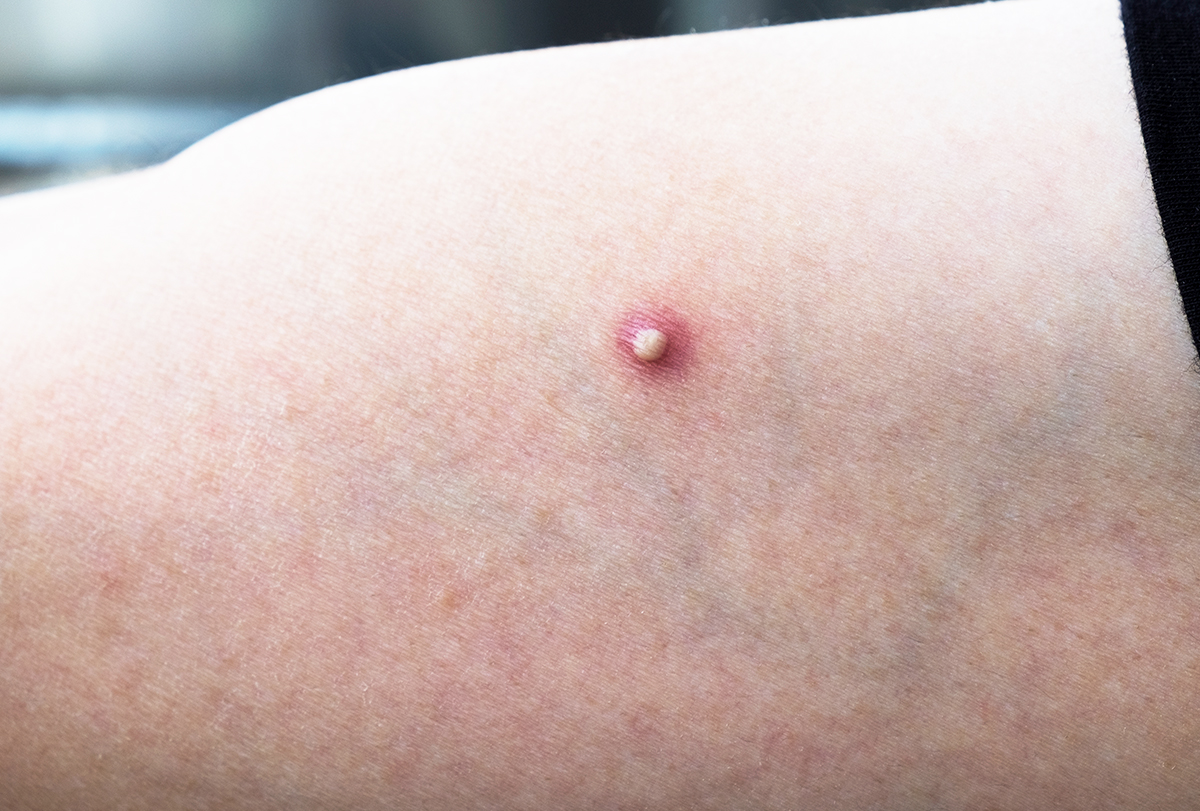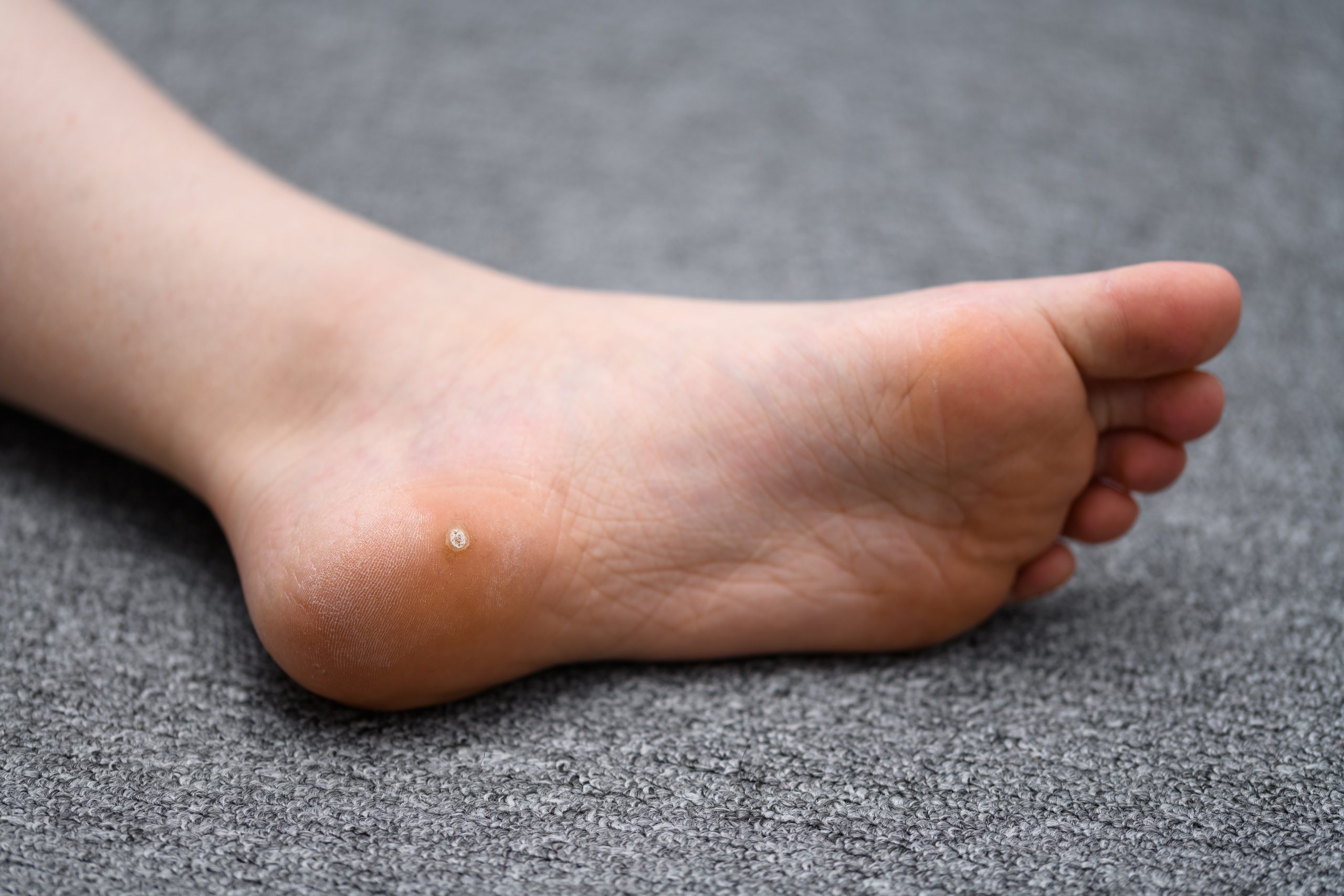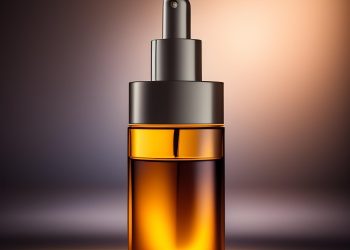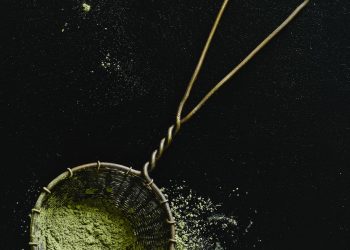Skin infections can come in various ways. One of the most pathetic skin problems is getting boils.
The primary cause of boils is a bacterial infection. The bacteria that usually causes boils is Staphylococcus [1].
It may penetrate the body through the disturbed or damaged hair follicle.
Boils can also appear in areas where there are nicks or small cuts on the skin [2].
You may get rid of boils fast using a few home remedies. These home remedies for boils use natural ingredients and herbs.
Science confirms the effectiveness of these natural ingredients in treating skin inflammations such as boils.
Read on to learn more about the efficacy and preparation methods of these home treatments. You’ll also learn about the causes, symptoms, prevention tips, and risk factors of boils.
17 Natural Remedies to Get Rid of Boils
If you leave a boil untreated, it’ll take more than a week to drain out the pus and heal. But it’s stoic to sport ugly and painful boils on your skin for that long.
Here are some simple home remedies that you may use at home.
Let’s get to know about them.
1. Turmeric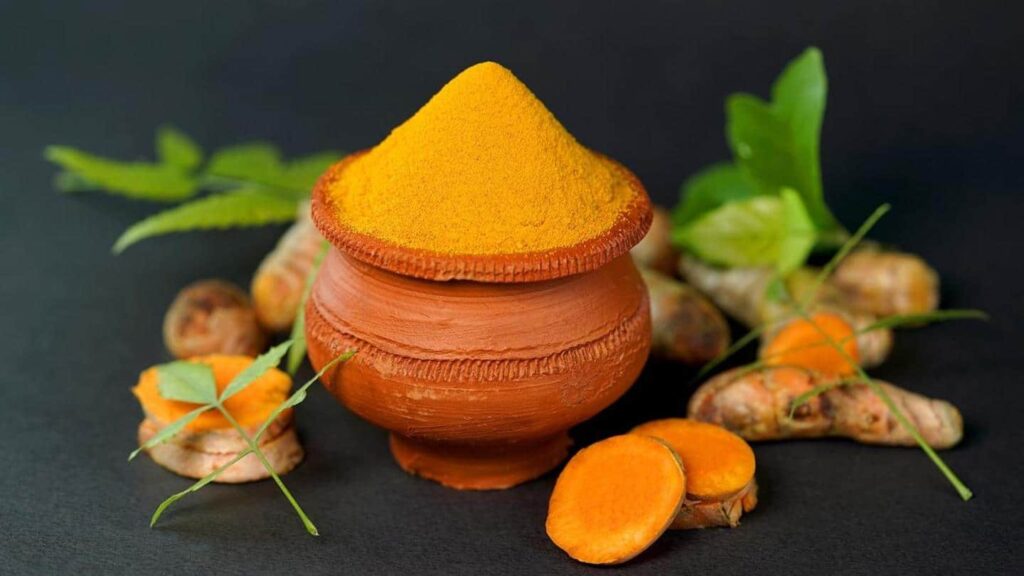
Turmeric is a natural healer. It is one of the oldest natural medicines that man could ever discover! Many even call turmeric the “golden healer”.
One of the most important and known facts about turmeric is that it is a blood purifier. This is why traditional and herbal medicine always had turmeric in them [4].
Folk healers in India rely on this herb for detoxifying and cleansing the blood.
Even so, if you suffer from boils, turmeric may also prove to be an effective solution for boils. It will give you quick results and you may rid of boils very easily.
The magic behind turmeric’s beneficial effects is the great properties it has. Turmeric has anti-inflammatory and antioxidant properties [5].
It works well in inhibiting the pro-inflammatory enzymes in the body. The enzyme triggers the process of inflammation. Therefore, it can be an easy remedy to cure boils, as boils are an inflamed region of the skin on your body.
What You’ll Need:
- 1 tablespoon of turmeric powder
- 1 glass of milk
- 1 teaspoon of grated ginger
Recommended Directions:
- Boil water or milk in a saucepan.
- Add turmeric powder.
- Mix well.
- Remove from heat.
- Let it cool a little.
Recommended Directions:
- Consume this mixture three times daily for about five days.
- Alternatively, mix fresh ginger and turmeric powder into a paste.
- Apply to the affected area and use a clean cloth to cover it.
- Repeat this remedy daily for four to five days.
Turmeric powder and root turmeric in a bowl.Turmeric Spice
Related: 20+ Ways to Get Rid of Eczema Fast (#5 Works Best)
2. Warm Compress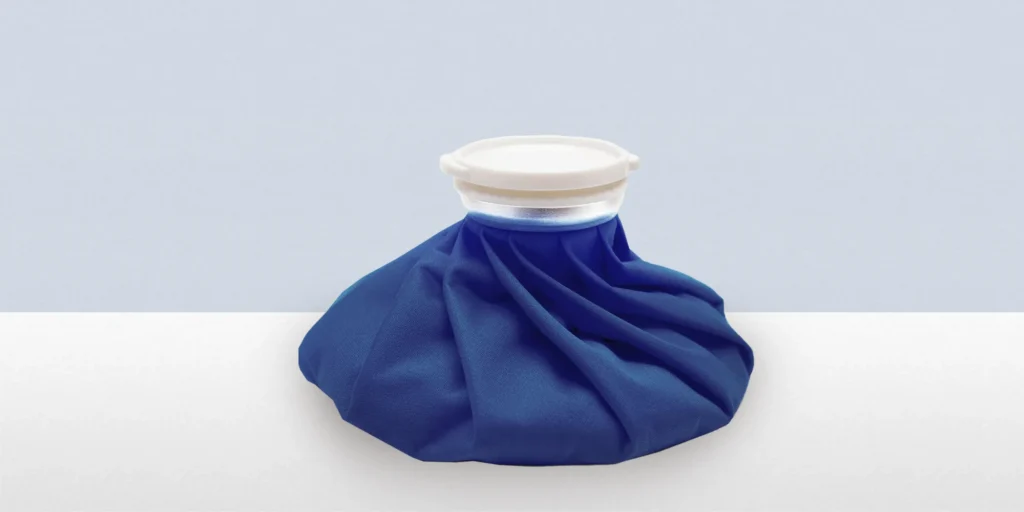
Boils can make you feel uncomfortable. One of the quickest ways to resolve the discomfort that this condition causes is to make use of a warm compress.
A warm compress is easy to apply and it is very effective. As it is known, warm compresses work wonders for toning down inflammation and pain. So, it is one of the easiest cures for boils on the face.
The warm compress in the following ways. Firstly, it softens the boil, the inflamed part of your skin. Secondly, it makes the boils burst. It forces the bacteria out of the surface, thus, in turn speeding up the process of healing and reducing pain [6]. You can safely conduct this treatment to treat boils on the inner thigh.
What You’ll Need:
- 1 basin of water
- 1 tablespoon of salt
- Soap
- Washcloth
Recommended Directions:
- Wash and clean the affected area using warm water and mild soap.
- Add the salt to the warm water.
- Stir the mixture well.
- Soak the washcloth in this mixture and wring.
- Place the compress on the affected area.
- Gently press against the affected area for about ten to fifteen minutes.
- Repeat three to four times a day.
- Continue for about seven to ten days for effective results.
3. Potatoes
As it turns out, potatoes are more than just a delicious snack.
Yes! you can use potatoes as an ingredient in herbal remedies.
This root crop, which is used in making your favorite French fries and potato chips, is also highly medicinal.
Experts say that potatoes are high in calcium, phosphorus, manganese, vitamins, iron, and magnesium.
Potatoes also have alkaloids, flavonoids, and tannins that promote skin health [7].
Potatoes have cosmetic benefits. People use potatoes for skin problems such as under-eye circles and wounds.
Potatoes relieve pain and inflammation relief their anti-inflammatory and analgesic properties [7].
That’s not all. Potatoes also help speed up the regeneration of tissues to make it easier for the skin to heal.
Potato can be a safe remedy to get rid of boils.
What You’ll Need:
- 1 whole potato
Recommended Directions:
- Slice the potato thinly.
- Place the thin slices on the boils.
- Leave the slices on the affected area for about seven minutes.
- Replace the slices with fresh ones.
- Repeat the process twice a day for effective results.
- Do this technique for up to one week.
4. Onion
Onions contain over 25 active properties.
These components are vitamin C, sulfur, phytochemicals, potassium, flavonoids, and many other essential nutrients. These vitamins and minerals are good for your health [8].
These compounds exhibit anti-inflammatory, analgesic, antiseptic, and antifungal properties that may help treat boils [9].
Iranian scientists probed the analgesic and anti-inflammatory effects of fresh onion juice [10].
They found that fresh onion juice may effectively ease acute or chronic pain and inflammation in rats [10].
These effects were comparable to that of morphine. Morphine is a standard medication for pain [10].
Red onions have the ability to eliminate toxins and help reduce skin inflammation.
What You’ll Need:
- 1 whole onion
Recommended Directions:
- Slice an onion.
- Place slices on the boil area.
- Use the cloth to cover it.
- Use fresh slices every three to four hours.
- Repeat every day for the best results.
- Alternatively, the onion can be cut into pieces.
- Boil the pieces until the water level reduces to half.
- Gently apply this liquid to the boil area.
Also Read: Top 13 Essential Oils for Inflammation & How to Use Them
5. Tea Tree Oil
Boils and skin abscesses may also be healed with the regular topical application of tea tree oil.
Tea tree oil is one of the most frequently used traditional remedies in Australia.
Its use has also spread to many other parts of the world.
Most experts recognize this oil for its antiseptic, antifungal, and antibacterial properties.
Tea tree oil’s main compound terpinene-4-ol to has strong anti-inflammatory effects [11].
This compound can effectively suppress the production of pro-inflammatory mediators [11].
Tea tree oil tones down inflammation and alleviates the discomfort caused by boils. It also helps in facilitating the healing process.
What You’ll Need:
- 5 drops of tea tree oil
- 1 teaspoon of olive oil
Recommended Directions:
- Put the two oils in a bowl.
- Mix well.
- Dip a cotton swab in a tea tree oil mixture.
- Dab it gently on the boil.
- Repeat a few times daily.
- Continue for several days until the desired result is achieved.
Note: Perform first a patch test to rule out possible skin irritation.
Related: Tea Tree Oil for Skin Tags: 8 Natural Remedies to Try Now!
6. Neem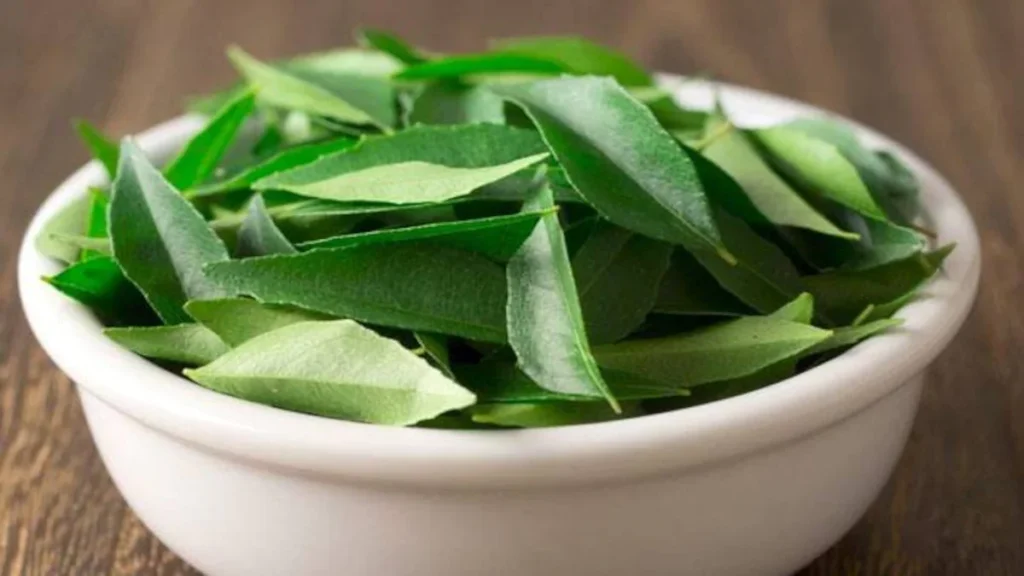
Neem is a tropical tree that can be found in India and some parts of Southeast Asia [12].
Many of its parts such as the leaves, fruit, and bark have been found to possess therapeutic properties [12].
The oil extracted from the seeds also exhibit pharmacological effects [12].
If you would like to get rid of boils fast, you may make use of neem. You can use it either in water extract or essential oil form.
According to a study performed by Nigerian researchers, neem extract has anti-inflammatory activities. Neem can help tone down the swelling of the skin underneath the hair follicles [13].
Bacterial infections such as boils often cause fever [13].
Neem has antipyretic properties, or the ability to lower body temperature. It is good to treat a high fever.
Neem has strong antimicrobial powers. It works even on drug-resistant Staphylococcus bacteria, reports a 2009 study [14].
What You’ll Need:
- 1 cup of neem leaves
- 1 pot of water
- 3 drops of neem oil
- 1 teaspoon of olive oil
Recommended Directions:
- Boil water in a pot.
- Add neem leaves.
- Turn off the heat.
- Let it steep for 20 minutes.
- Strain the mixture.
- Use the mixture to wash the affected area after bathing.
- Rinse with warm water.
- Pat dry with a clean towel.
- Mix neem oil and olive oil.
- Use a cotton ball to spot-apply on boils.
- Do these two remedies once a day for one week.
7. Garlic
Garlic has been used as a natural medicine for more than thousands of years.
Folk healers have been using this herbal remedy to treat many types of ailments. Many of these conditions are microbial infections.
Nutrition and Food Science Journal states that garlic has anti-inflammatory and antibacterial properties. Thanks to its organosulfur compounds [15].
These compounds work by suppressing the formation of pro-inflammatory enzymes. At the same time, inhibit the growth and spread of bacteria [15].
Allicin is the major compound in garlic. It works even on Staphylococcus bacteria that have grown resistant to antibiotics [16].
What You’ll Need:
- 3 cloves of garlic
- 1 cup of water
Recommended Directions:
- Boil a cup of water in a pot.
- Crush garlic cloves and add to the water.
- Simmer for 20 minutes.
- Remove from the stove.
- Strain the mixture.
- Let it cool a little.
- Use a cotton pad to apply garlic water extract on boils.
- Let it sit for 10 to 15 minutes.
- Rinse with warm water.
- Repeat daily for up to one week.
8. Aloe Vera
Aloe vera is so versatile that it may treat a wide range of health conditions at the same time!
Many have found it effective in speeding up the healing of burns, wounds, and other skin problems.
Researchers from Philadelphia, USA claim the ability of aloe vera in wound healing and inflammation [17].
It contains a major sugar called mannose-6-phosphate. It can improve wound healing in mice subjects [17].
Aloe vera has strong anti-inflammatory properties. It is a very useful component in treating boils. Using aloe vera is especially safe to relieve boils on the vagina lips and private parts.
What You’ll Need:
- 1 aloe vera leaf
Recommended Directions:
- Break off the leaf to extract the gel.
- Apply gel to boils.
- Leave it on for 15 to 20 minutes before rinsing.
- Rinse with cool water.
- Pat it dry with a clean towel.
- Repeat procedure twice a day for one week.
Also Read: 10 Nourishing Home Remedies for Dry Skin & How to Use Them)
9. Nutmeg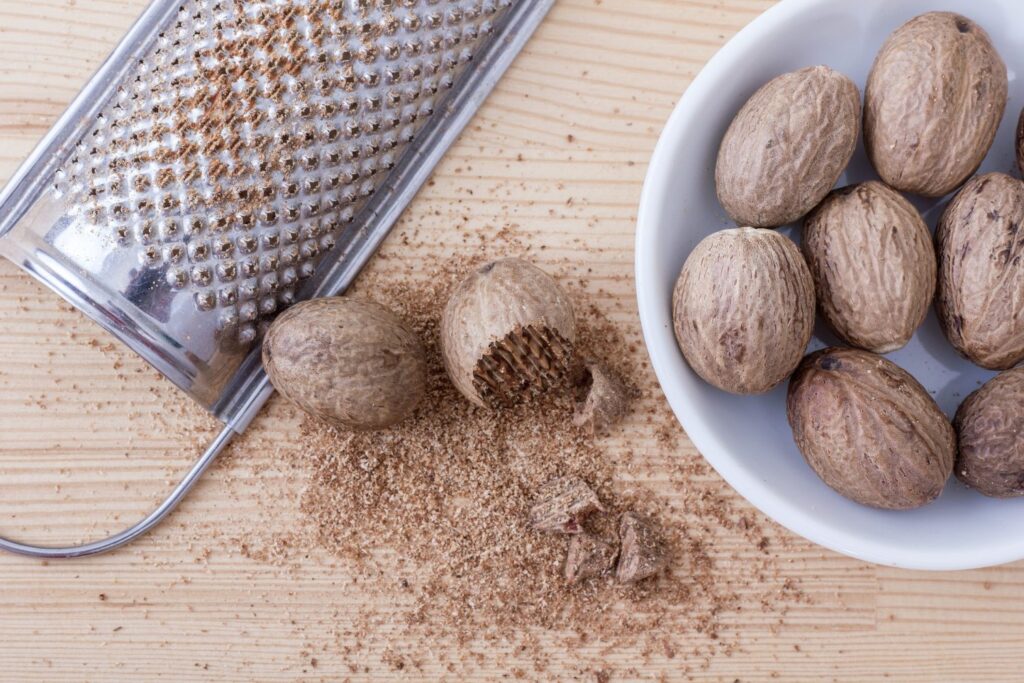
Nutmeg is another potent ingredient to fight against bacterial infections [18].
It contains antibacterial compounds. Thus nutmeg may successfully inhibit the growth and spread of disease-causing microbes [18].
In addition, nutmeg stimulates blood circulation and possesses anti-inflammatory properties. It can make it easier for you to recover from skin diseases like boils [19].
These properties aid in relieving the pain and the swelling due to boils [19].
This remedy requires minimum preparation to be ready for application.
What You’ll Need:
- 1 teaspoon of ground nutmeg
- 1 cup of water or milk
Recommended Directions:
- In a pan, heat water or milk.
- Add ground nutmeg.
- Mix well.
- Transfer mixture to a cup.
- Consume daily for up to one month.
10. Black Seed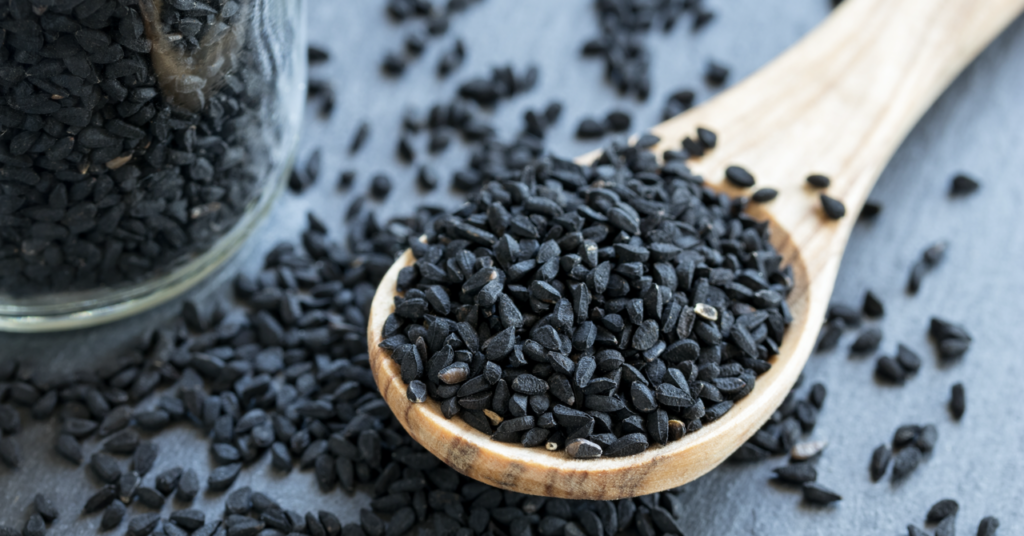
There are many benefits and uses of black seed.
A 2001 study in Saudi Arabia shows that black seed has anti-inflammatory and analgesic properties [20].
These activities are helpful in combating skin infections like boils.
Plus, the black seed is also a proven antipyretic. It is ideal in cases where bacterial infection has caused fever [20].
What You’ll Need:
- 1 cup of black seeds
- 1/2 cup of water
- 1 teaspoon of black seed oil
- 1 cup of milk
Recommended Directions:
- Grind some black seeds into a paste.
- Apply the paste to the affected area.
- Alternatively, gently rub black seed oil onto the boil area.
- In addition, half a teaspoon of the oil can be added to one cup of hot or cold milk.
- Drink two times daily for several days for the best results.
11. Apple Cider Vinegar
The good old apple cider vinegar never fails to heal you. It is a panacea for home remedies. ACV is rich in vitamins, enzymes, acetic, malic, citric acids, and various amino acids [21].
These compounds make ACV a robust anti-bacterial tonic to heal boils overnight. ACV also works like alcohol to disinfect and cleanse the boil affected skin after the pus has drained off.
It restores the affected skin or helps you get rid of boil scars as well.
Process 1: Water diluted ACV for draining the boils
What You’ll Need:
- 1 tablespoon of ACV
- 1/2 a tablespoon of water
- Cotton ball
Recommended Directions:
- Dilute some ACV with water and make a solution.
- Soak a cotton ball in the solution to apply it to the boils.
- Repeat the process 3-4 times a day until boils burst and drain.
Process 2: ACV with honey for restoring the affected skin
What You’ll Need:
- 1 teaspoon of ACV
- 1 teaspoon of honey
Recommended Directions:
- Create a mixture adding an equal amount of both ACV and honey
- Apply the mixture to the infected skin
- Leave it for 15-20 minutes
- Wash off with water
- Repeat the process thrice daily
- A regular application of this method will surely remove the boil spots from your skin
Also Read: How Apple Cider Vinegar Can Help You Get Rid of Your Acne
12. Milk and Bread
It is a proven fact that milk has powerful antibacterial proteins such as lactoferrin, lysozyme, and lactoperoxidase [22]. These are beneficial in treating your boils.
Bread is a traditional remedy for many skin disorders. It is soothing to the irritations of your boils. Bread can empty the pus pockets of your boils and speed up the healing process.
What You’ll Need:
- 1 cup of warm milk
- 3 tablespoons of salt
- Breadcrumbs
Recommended Directions:
- Heat 1 cup of milk.
- Add 3 tablespoons of salt and a few bread crumbs to it and stir well until it’s a thick mixture.
- When the mixture is mildly warm apply it to the affected skin.
- Repeat this remedy 3-4 times a day for a speedy recovery.
13. Japanese Honeysuckle
Japanese honeysuckle or Lonicera japonica is an inseparable part of Chinese medicinal practice. It is also known as golden or silver honeysuckle in English.
The potent antibacterial and anti-inflammatory component in the flowering plant helps to cure a number of diseases. Japanese honeysuckle is an effective home remedy for boils in a private area, cold, swellings, etc. [23]
The active antioxidant and anti-inflammatory component of Luteolin in the herb may relieve boils and its related symptoms overnight.
Moreover, it is evident in various researches that the potent antibiotic acids Chlorogenic and Isochlorogenic can inhibit the Staphylococcus aureus infection. You can use every part of Japanese honeysuckle; the roots, leaves, flowers, and stems to treat boils.
What You’ll Need:
- Honeysuckle stems, leaves and flowers
- 2 cups of water
Recommended Directions:
- Pour water into a bowl and add honeysuckle leaves, flowers, and stems in it.
- Leave the honeysuckle to soak in the water overnight.
- Rinse the boils with the concoction thoroughly.
- Pat dry the affected skin with a fresh towel.
- You can consume honeysuckle tea for boosting your immune defense against skin infections.
- Repeat the process regularly for a week.
14. Castor Oil
Castor oil or Ricinus Communis comes from the seeds of castor plants. This therapeutic oil is essential in Ayurveda medicinal practices.
Castor oil is a powerful home remedy for skin disorders, digestive problems, muscle cramps, pains, swellings, etc.
The strong anti-inflammatory and antibacterial properties in the herbal oil may effectively treat your boils. [24]
What You’ll Need:
- 2-3 teaspoons of castor oil
- Cotton ball
- Medical gauze or bandage
Recommended Directions:
- Soak a cotton ball in the oil and apply it to the boils.
- Affix the oil-fixed cotton ball on the boils using medical tape for longer contact.
- You may leave it overnight or for 4-5 hours.
- Repeat the treatment regularly.
Related: 8 Benefits of Castor Oil For Your Hair + How to Use It
15. Bacon Fat
Bacon is another breakfast item that you can make use of to treat boils.
It’s a quick and straightforward method to naturally heat up the boils and force it to burst and drain the pus. Once the discharge is out of the boils, your pain and irritation will cease in 2-3 days.
What You’ll Need:
- 1 piece of bacon
- Medical tape
Recommended Directions:
- Take a piece of bacon and place the fat part on your boil
- Cover it with some medical tape or gauze and leave it overnight
- Next morning you’ll find a pus-drained boil
- Use a mild soap and alcohol to clean the infected skin area
According to the Mayo Clinic, it is essential that you do not attempt to prick or squeeze a boil. Doing so will definitely spread the infection. If a boil is very painful, it is always wise to consult a doctor.
16. Echinacea
Echinacea flowering plants belong to the daisy family. It is also known as coneflowers. The leaves, flowers, and roots of these wonder plants are used for medicinal purposes. The plant grows plenty in the eastern and western states of the U.S.A.
Echinacea is a popular home remedy for various infectious conditions such as Urinary Tract Infections, vaginal yeast infections, tonsillitis, swine flu, warts, ear infections, common cold, etc. [25]
Echinacea is rich in natural antibacterial and antiviral components. The powerful antibiotic property echinacoside in the herbal plant helps to inhibit any forms of skin infections. Echinacea may fight off the growth of Staphylococcus aureus responsible for boils. You can buy Echinacea extracts, tea, and supplements in capsule form from the medical shops.
What You’ll Need:
- 1 teaspoon of Echinacea extracts
- 1 cup of water
Recommended Directions:
- Heat the water and boil Echinacea extracts.
- Strain the tea and consume it twice daily.
- Alternatively, rinse your boil-affected skin area with the tea.
- Make use of Echinacea tea is mildly cold when you apply it to the skin.
- Repeat the treatment regularly.
17. Epsom salt
Epsom salt, also known by the name magnesium sulfate has numerous health benefits.
Using a cup or two of Epsom salt in a bath may relieve muscle pain, and strains, and speed up healing from minor injuries such as tendinitis. It is also a great source of magnesium.
Apart from such benefits, this salt may help you to get rid of boils. It may help in draining out the pus, causing the boil to go away. [26]
What You’ll Need:
- 2-3 teaspoons of Epsom salt
- Warm water
Recommended Directions:
- In warm water, dissolve Epsom salt in it and soak a compress in it
- Then apply the compress to the affected area for 15-20 minutes at a time.
- Do this treatment two to three times a day until the boil is gone
Common Symptoms of a Boil
You get a boil in sweaty areas like the face, underarms, breasts, thighs, and buttocks. Here are some common signs of a boil: [27]
- A boil begins to form with a red and soft head on your skin.
- Slowly it builds pus in its center with white blood cells, bacteria, and protein. It enlarges and becomes whitish in appearance.
- The outer surface becomes hard and painful to touch.
- You may feel an itchy sensation as well.
Risk Factors for Boils
The following factors can contribute to the formation of boils: [3]
- People who have other health problems are more vulnerable to getting boils. One such disease is diabetes.
- A weak immune system.
- A poor diet that lacks nutrition.
- Improper personal hygiene.
When Should I Consult a Physician?
Consult your physician immediately if any of the following occurs:
- If you have a large boil.
- There is significant inflammation.
- If you are running a fever with the boil.
- If you have boiled in a sensitive area like the armpit, groin, breast, lip, nose or between your buttocks.
Some Preventive Measures for Boils
- Staphylococcus aureus is a highly contagious infection. The pus from one boil may contaminate other parts of your body
- and the people you come across. So, take extra care and practice hygiene. [28]
- Use a liquid sanitizer to wash your hands every time you touch your boils.
- Replace fragrant bathing soap with an antibacterial one.
- Wash your towels and handkerchiefs regularly.
- Don’t needle a boil to release the pus. It may worsen the infection and cause more pain.
- Using a soft brush rub your body while bathing. Do this on a regular basis. It may remove the dead skins and clean the blockage of sweat glands.
- Try to avoid foods with oily and sugary substances when you have a boil attack.
- Consume foods that are rich in vitamin A, C, and E.
Some Q&A About Boils
Is there anything about who is more likely to get a boil than others?
The truth is anyone can get a boil. But, those suffering from diseases like diabetes and kidney failure are more likely to get it.
Are boils sexually transmitted?
Yes, it is possible to spread boils from one person to another. The bacteria may transfer through skin contact during lovemaking.
What food should I eat to get rid of boils for good?
You may heal skin boils naturally by eating foods with high fibers. Some foods for preventing boils include sweet potato, citrus fruits, green vegetables, etc.
You need to drink plenty of water on a daily basis.
Do antibiotic creams cure boils?
This is a commonly asked question and the answer is NO.
Just putting antibiotic ointments, for example, Neosporin or Bacitracin on the boil may not penetrate into the infected skin. For such cases, it’s best to use natural home remedies that penetrate deep into the affected area to treat a boil. But you can definitely use over-the-counter painkillers, such as ibuprofen or paracetamol, to get relief from the pain caused by the boil.
Wrapping Things Up
Boils are unsightly skin disorders.
It usually occurs due to an infection. The infection may arise in the skin, specifically, in a hair follicle or oil gland. When they do occur, boils cause a pus-filled bump to appear on various parts of the body.
You are more prone to develop boils if you suffer from certain conditions already.
If the boil appears on certain areas of the body like your pubic region, then the pain truly is unimaginable!
The home remedies for boils discussed here may be effective in treating first-stage boils.
The natural ingredients contain many therapeutic values. These natural remedies may get rid of boils pain and inflammation at the earliest.
Read More: 15 Sure Ways to Get Rid of Staph Infections
